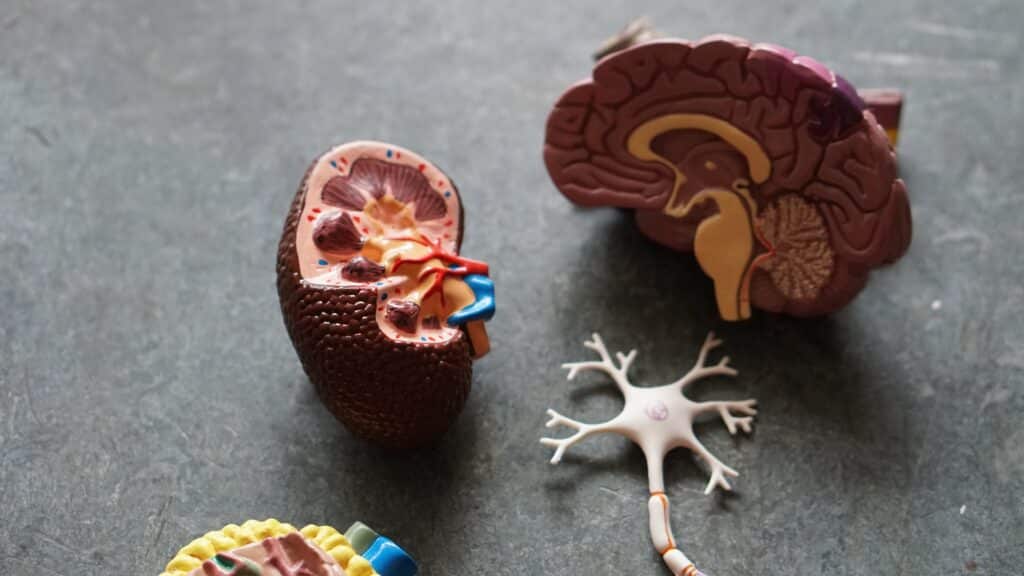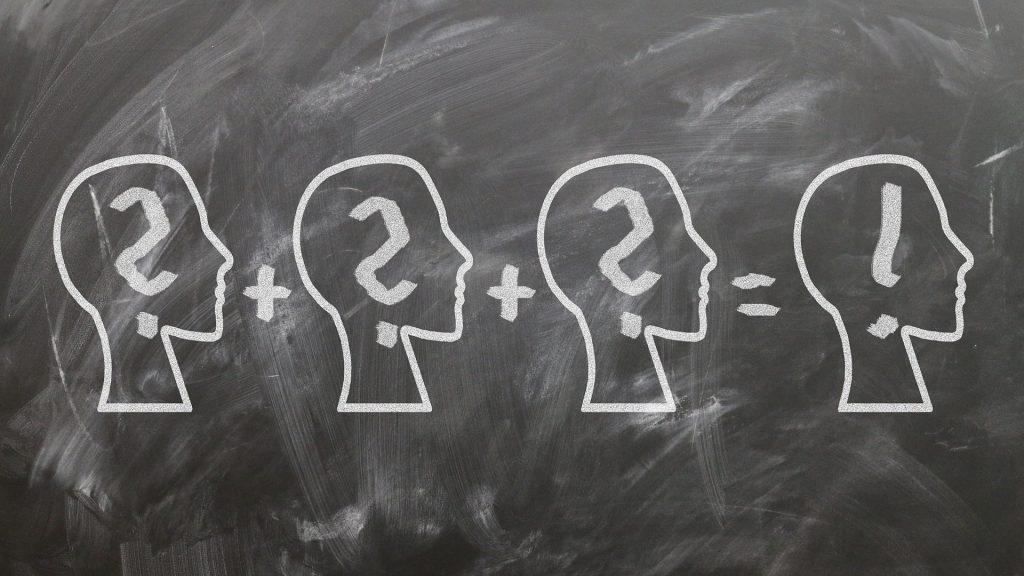Are We Animals? – Exploring Our Mammalian Brain
You may know that cows have four stomachs, but did you know we humans have three brains? Not in the way of having three physical brain organs. But, our one brain can be easily separated into three distinct brains. We have the reptilian brain, the mammalian brain, and the primate brain. Each brain operates in a different section of the organ, but each has a distinct and vital role. In the future, I will spend time focusing on the reptilian brain and the primate brain, but today’s focus is on the mammalian brain and what influence it has on our everyday life and its relation to deep performance.
What is the Mammalian Brain?
The mammalian brain is also known as the limbic system, which is responsible for your emotions and feelings. The mammalian brain is crucial in our survival as a species, as it rewards us with the production of dopamine every time we do something to protect our survival. This dopamine production/reward system is what drives animals to go in search of food, and us the same. Every need that pertains to our survival and the survival of our species (food, water, shelter, life partner, offspring) is all thanks to the influence of the mammalian brain.
Another function of the mammalian brain is to strive for the survival of our genes. It keeps us searching for someone who we can continue our genes with. Also, when you’re in physical danger, the mammalian brain is responsible for releasing endorphins to help the physical pain be ignored so that you can escape the threat and survive. This part of your brain is always looking for threats to outrun. So, if you aren’t in immediate danger, and the worst issue in your life is not being invited to something that your friends were invited to, then that is what your mammalian brain will focus on.
So, instead of your brain being able to celebrate that you have access to food and clean water, shelter and that you have a good support system, stress hormones are sent out to focus on the feeling of not being appreciated by anyone. Within our limbic system lies our amygdala, which is crucial in the way that we respond to external stimuli. It helps us discern what is good or bad, safe or unsafe, and friend or foe. The other important role of the amygdala is to help us read facial expressions – which play a big role in the discernment of who we are interacting with.
The Hippo-What?

The hippocampus plays an absolutely crucial role in the limbic system. Like many of the systems in the brain, it comes in a pair, one on each side of the brain. The hippocampus is the memory centre of the brain! Pretty important if you ask me! It is here that memories are formed and sorted to be stored away in long-term storage. It is also here that a connection between memories and the other senses, such as smell, is forged. For example, when I say Christmas, you think of…*insert scent you thought of here*, and that associated memory and smell is thanks to the hippocampus.
The hippocampus also helps us with our orientation of the world and navigation. It helps us define where we are and where we need to be, not in an existential way, but in a literal locational sense. It helps us know our surroundings and increases our spatial awareness also. Safe to say that the hippocampus plays a large and significant role in everyday life!
When the hippocampus undergoes huge cell loss, that is when we get diseases such as Alzheimer’s, which explains memory loss and the inability to create new memories as the disease progresses. The hippocampus is central to all things memories, spatial awareness, sorting through what is going into long-term memory, and without it, we would all be lost and very confused…literally.
Fight, Flight, Freeze – The Amygdala
I’ve touched briefly on this in the first part of the article. Still, the amygdala plays crucial roles in deep performance, decision-making, and quick thinking, and being a passionate person about all of those things, I can’t not explore them more! The amygdala is small in size, like an almond, yet incredibly powerful, unlike an almond. It is responsible for our emotional responses, like pleasure, fear, guilt, grief, anxiety, and anger. The amygdala is also responsible for attaching the emotional weight to memories and depending on how much emotion is attached, it will decipher how robustly the memories will be stored. Memories with a significant emotional attachment tend to stick more than others.
The amygdala is the central place where threatening or fearful stimuli are processed. When a threatening stimulus is encountered the amygdala sends out signals to other areas of the brain to trigger a flight, fight, or freeze response to the threat. While anxiety uses several areas of the brain to occur, studies have shown that in those with anxiety disorders, their amygdala is overactive.
So, in your time of need, when a snake darts at you, or someone scares you unexpectedly, or someone is chasing you, you have your amygdala to thank for the instant response to either fight, take flight, or freeze, whatever it has assessed as the best option. It must be understood that the research of the brain, its processes and its parts is under continual development. As research and technology evolve, more becomes known – this is the reality of science!
We Are More Than Animals
While the parts of our brain are shared with animals everywhere, we are the most cognitively aware, and the species with the highest order of thinking, we are humans! Our brains are so complex and utterly incredible, to even understand a fraction of how it works is a great feat! Next time you encounter an immediate threat, in the aftermath, reflect on how incredible it is that you didn’t have to spend time considering what you should do, you just did it – thanks to your mammalian brain!
References –
Dzierzawa, A. (2020). Mammalian Brain Motivations. A Journey to Yourself. https://www.ajourneytoyourself.com/mammalian-brain-motivations/
Interaction Design Foundation. (2021). Our three brains: The Emotional Brain. Interaction Design Foundation. https://www.interaction-design.org/literature/article/our-three-brains-the-emotional-brain
Neuroscientifically Challenged. (n.d.). Know Your Brain: Amygdala. Neuroscientifically Challenged. https://neuroscientificallychallenged.com/posts/know-your-brain-amygdala
Queensland Brain Institute. (n.d.). The Limbic System. The University of Queensland. https://qbi.uq.edu.au/brain/brain-anatomy/limbic-system#:~:text=The%20limbic%20system%20is%20the,and%20fight%20or%20flight%20responses.
Yassa, M. (n.d.). Hippocampus. Britannica. https://www.britannica.com/science/hippocampus/Hippocampal-dysfunction


